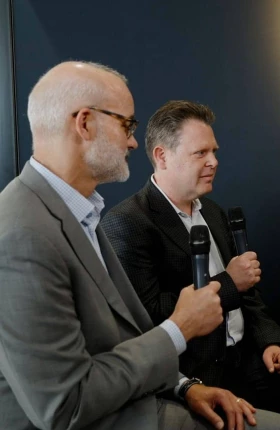Teens are a rising force in the US beauty market. Our survey reveals where they shop, the brands they prefer, and what truly influences them.
Featured Insights
Consumer Packaged Goods

Article
May 14, 2025
Video
Can Salad Dressing Transform Capitalism?
Alex Amouyel, president and CEO of Newman's Own Foundation, shows what the “100% for purpose” movement can teach us about doing business, philanthropy, and capitalism differently
Book
Personalized: Customer Strategy in the Age of AI
Personalization is a $2 trillion opportunity. BCG's new book offers a playbook for capturing your share of this personalization prize in the consumer industry.
Sustainability in the Consumer Products Industry
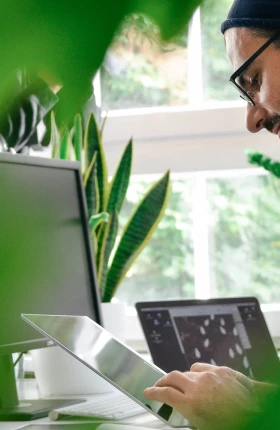
Article
April 27, 2023
To gain the greatest sustainability advantage, they should act now. Three strategies can make a big difference.
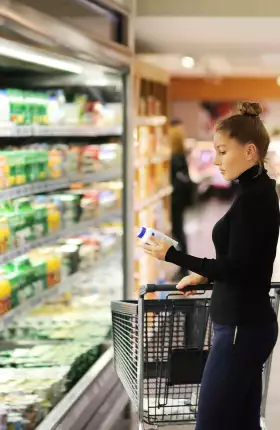
Article
May 13, 2025
Consumers are showing a growing interest in foods that are better for their health, and this realization is starting to be reflected in sales.

Article
April 21, 2025
To thrive in uncertain times, packaging companies must remain flexible while investing in capabilities that will define future industry leadership.
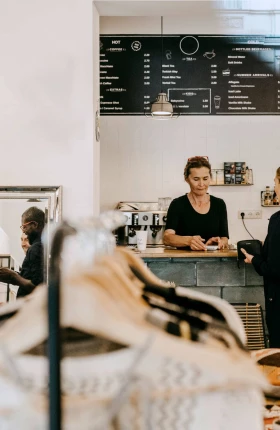
Article
June 8, 2023
CPG companies will fall short of their net-zero goals unless they move from reengineering existing products services and business models to reimagining them.
BCG on Consumer
Follow us on LinkedIn for the latest insights and news on consumer products, retail, fashion, and luxury.
BCG Executive Perspectives
BCG Executive Perspectives offer insights on global topics that matter most to leaders in the public and private sectors. Explore the latest edition from our team of experts, introducing how AI will shape the future of functions.
Creating Value and Growth
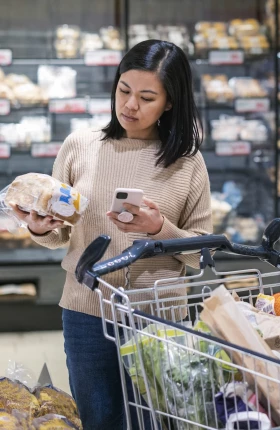
Article
September 16, 2025
Amid growing economic uncertainty, consumer goods companies must shift their revenue growth management (RGM) strategies from higher profits and productivity to higher volume and market share.
Video
June 16, 2025
Creating Excellent Products—That Consumers Want
Deeptha Khanna of Philips and BCG’s Diederik Vismans agree that identifying consumers’ unmet needs and enhancing their experience are key to product development.

Article
July 11, 2023
The 50- to 70-year-old demographic is a growing, multitrillion-dollar global market—but people in it are hard to engage with normal marketing. Here’s how to reach them.
Highlights from Consumer Goods Forum 2025
Video
Improved AI Means Better Outcomes for Businesses
spite market uncertainties, consumers remain engaged, and AI is helping companies deliver more productivity, consistency, and value, say Reckitt’s Kris Licht and BCG’s Yotam Ariav.
Video
June 27, 2025
Snack Company’s Recipe for Growth
Serving the right product to the right consumers and innovating constantly are key ingredients for growing a consumer brand, according to Volker Kuhn of Mondelēz.
Video
June 27, 2025
Consumers Are Companies’ True North
In a challenging environment, McCormick’s Brendan Foley and BCG’s Jeff Gell stress the importance of focusing on core categories and brands to create value and grow.
Video
June 17, 2025
What’s Driving the ESG Agenda Now?
Christine Montenegro McGrath of Mondelēz and BCG’s Alejandro Navarro say the narrative has shifted. Increasing value and resilience are the catalysts behind companies’ ESG agenda.
Winning in Digital

Article
September 11, 2025
Agentic AI is redefining consumer journeys—and creating value for companies that embrace its full potential.
Video
Why Do We Still Negotiate the Price of Cars?
Negotiating the price of a product can be uncomfortable. Andrej Levin shows how advancements in AI could help companies across industries set optimal fixed prices, making bargaining a thing of the past.

Article
August 7, 2023
A revolution is underway in personalized shopping, customer service, and marketing. Companies that successfully deploy generative AI can set themselves apart from the competition.
Video
What’s Possible: GenAI and Consumer Packaged Goods
Nicolas de Bellefonds explains how generative AI will transform the consumer goods industry, bringing changes across personalization, innovation, and deeper customer relationships.
Transforming Operations

Article
November 4, 2025
As consumer spending slows, service firms must harness AI and automation to protect customer experience—and their bottom line.
Video
AI-Powered Smartphones Offer a World of Possibilities
Our phones will be the hub for a universe of features that AI will bring to life, say Qualcomm’s Akash Palkhiwala and BCG’s Jaison Justin.
Video
September 19, 2024
A Fuel Retailer’s AI-Driven Evolution
István Mag of MOL Group shares how AI—coupled with a solid business strategy and digital foundation—is helping the company transform its operations and expand its offerings.

Manufacturers need to optimize for increased productivity, improved sustainability, greater resilience, and a stronger workforce. How can they harness the latest technologies to realize these goals?
Weekly Insights Subscription
Stay ahead with BCG insights on the consumer products industry
Industry
Industry









